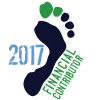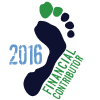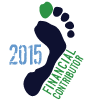I am sure your advice is good and I appreciate your posts.
Heart rate, pace, cadence, I've never kept track of 'em even when I ran with shooze on (1972-2009) Probably should but it just seems to take the fun out of runnin'. Nevertheless, last week I went out for a run intending to check my cadence but quickly realized I could not since I don't wear a watch. I tried the: one mississippi, two mississippi, three mississippi method, but could not say that and count steps at the same time. I believe my cadence is >60 cause to say "one mississippi" take a long time,... about a second!
Seriously, This is my third year running completely barefooted (how long do we have to say "completely barefooted?) and I have been successful with concentrating on form and feedback from my feet.



















